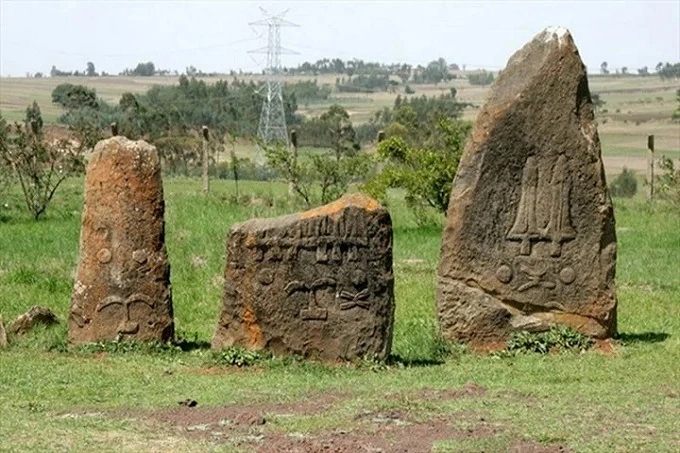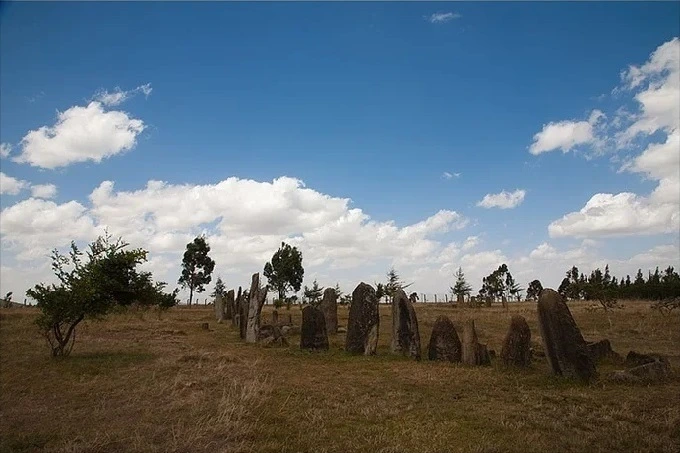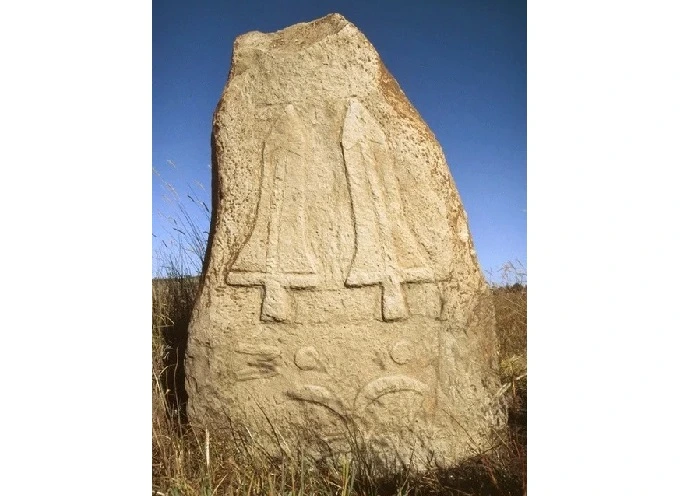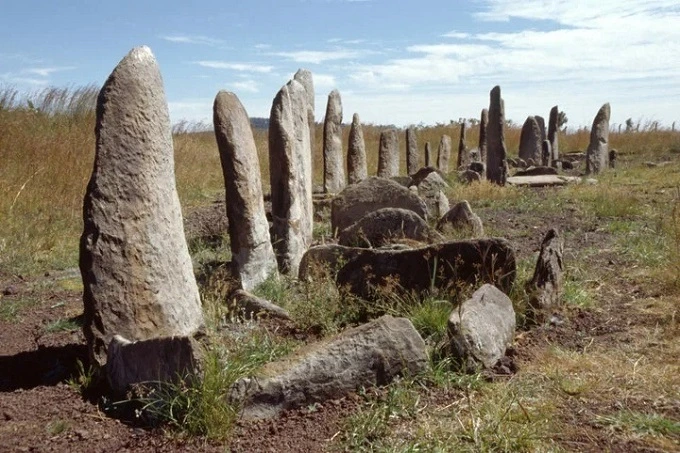Tia Steles: The Ethiopian ancient artifacts

Ethiopia is more than simply a small nation found on the African continent. It has a very rich history that dates back to ancient times. There are some artifacts including steles for which scholars do not yet have a clear understanding of their intended use in this horn of African country.
In a location known as Thai, there are 36 unusual stone steles that each have their own unique set of characters and designs carved into them. Archaeologists are of the impression that all of these sites previously comprised a single ancient complex.
It is important to remember that the official scientific community did not come upon these steles until the very beginning of the previous century. It is interesting to observe that there is no writing whatsoever on them; instead, there are illustrations, some of which cannot be interpreted.

This location yielded the discovery of a significant number of ancient burials. However, archeologists are unable to determine how old the steles are. Who and when were responsible for their installation is likewise unknown. They are now under UNESCO’s protection at this time.
In passing, I should mention that archaeologists discovered tombs below them in the earth with the bones of persons seated when they died. In addition to the skeletal remains, a large number of ancient items made of basalt and obsidian were discovered.
In the present day, each and every one of them may be seen hanging on the walls of the National Museum. Because of the activity of the local winds, several of the steles have not been kept as well as they should have been up until this point.

The environment is not one that is particularly conducive to the preservation of such ancient artifacts. Some of them are now scattered throughout the ground, having fallen apart some time ago. A few of the steles are adorned with what seem to be odd broad swords.
Archaeologists have hypothesized that the sword, in this instance, served as a sign identifying the social rank of the person who was buried under the stele; possibly, this individual was a warrior.
In addition, on several of the steles, there was not just one representation of a sword, but many ones, ranging from one to thirteen different parts. Another interpretation is that the number of swords points to the total number of conflicts in which the individual who passed away was involved.

Researchers think that multiple masters were responsible for the construction of the steles and that they were created during a period when an unknown civilisation existed on the land of Ethiopia. This culture is still a mystery to official science.
It’s possible that people who had reached the very pinnacle of that society’s social hierarchy at the time were buried here. It is also fascinating to note that these particular steles are not the only ones to be found on Ethiopian land.
In all, archaeologists have discovered over a hundred different locations that contain stones that are quite similar to one another. In addition to this, they are dispersed throughout a broad region, which lends credence to the notion that these territories formerly belonged to a single great state despite their current condition of dispersion.

Even while the researchers have not yet determined what type of state it was, the very fact that they are there demonstrates that the history of this relatively small nation is far older and more intriguing than was previously believed.
These steles are revered as holy by the indigenous peoples of the area. On the other hand, the locals are not too communicative and are not in a rush to divulge the mysteries of their past to archaeologists.




